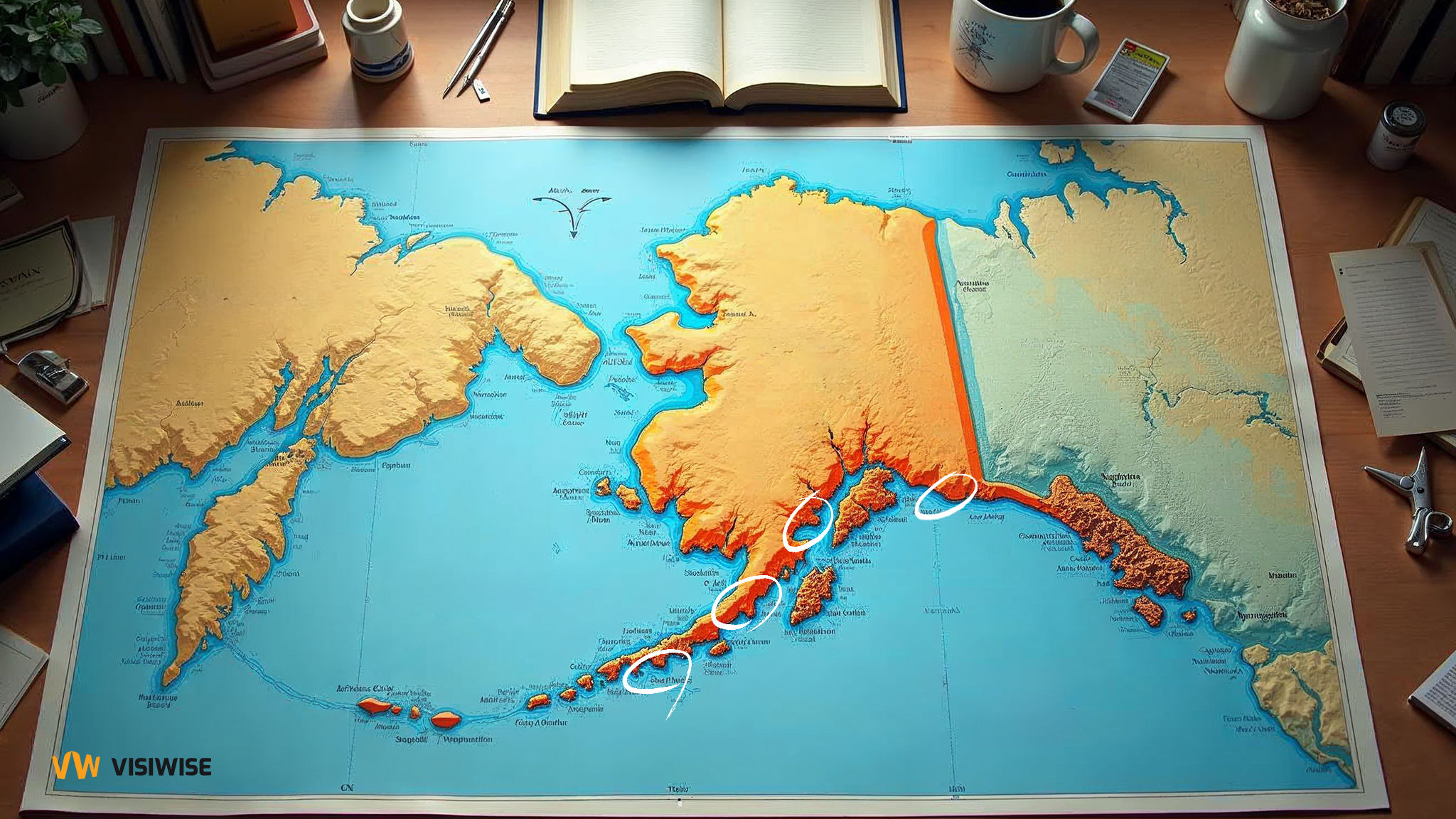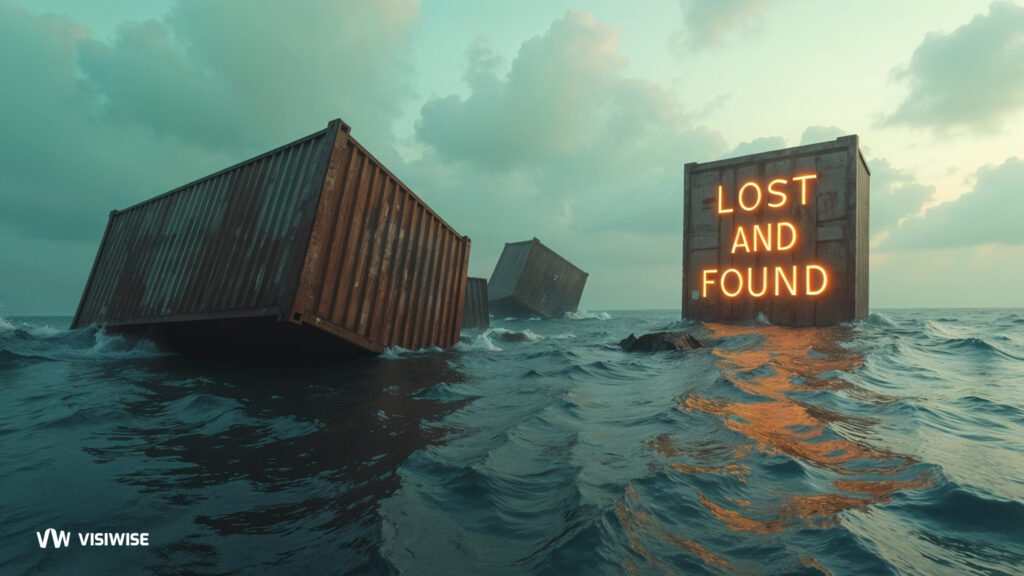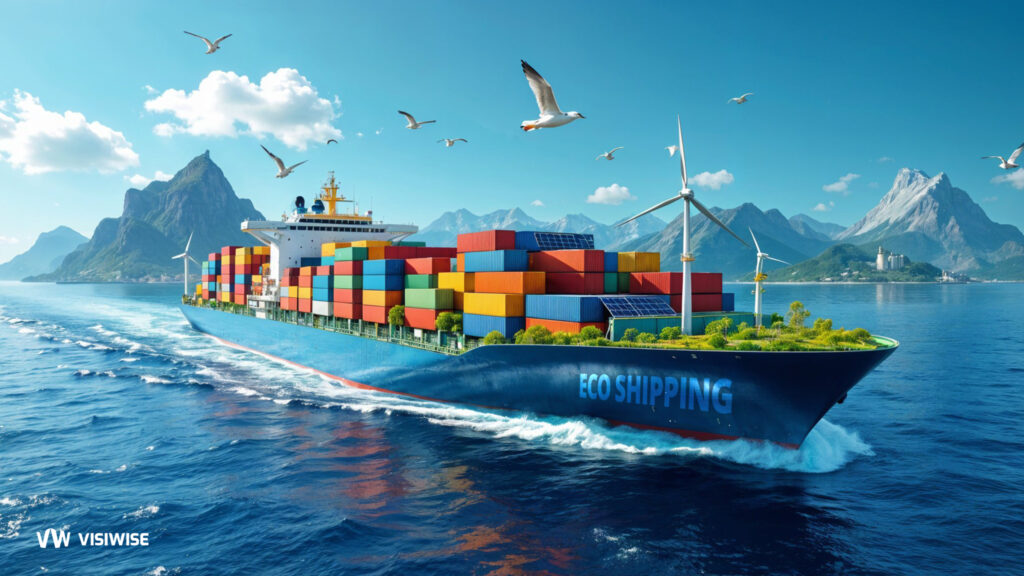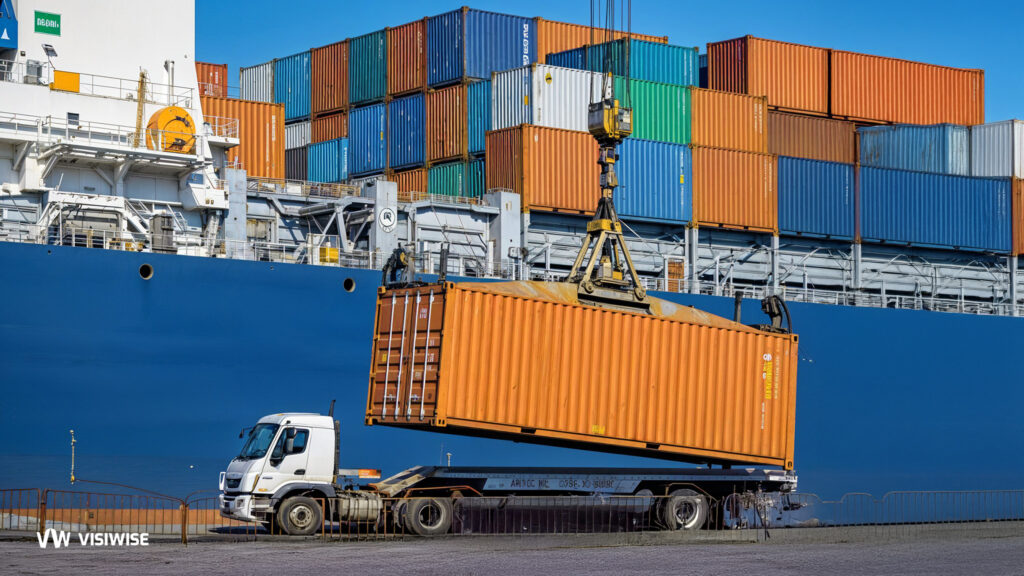Alaska, with its vast coastline and strategic location, hosts several major ports essential to both cruise tourism and commercial shipping. These ports serve as vital hubs, connecting Alaska’s rugged, resource-rich landscapes with domestic and international markets. Here’s a look at some of the most important ports in Alaska that play pivotal roles in both the cruise industry and general commerce.
Port of Anchorage: Alaska’s Largest Shipping Hub
The Port of Anchorage, often referred to as the “Gateway to Alaska,” and the Port of Alaska is Alaska’s largest and busiest port, responsible for handling over 90% of the goods entering the state. Its year-round operations, even during harsh winters, are crucial for supplying essential items like food, fuel, and construction materials, making it a lifeline for Alaska’s communities and economy.
Strategically located on the Cook Inlet, the Port of Anchorage efficiently handles large volumes of general cargo, consumer goods, and building materials, ensuring continuity in the state’s resource-driven economy. Beyond civilian logistics, the port plays a key role in military operations by supporting Joint Base Elmendorf-Richardson in Anchorage. Recognizing the port’s importance, Alaska has prioritized infrastructure upgrades to enhance the port’s capacity and resilience against environmental challenges, safeguarding its role as a central logistics hub for both civilian and military needs.
What Is the Main Port of Alaska?
The Port of Anchorage, also known as the Port of Alaska, is widely considered the main port of the state. The port’s year-round operations, despite challenging weather conditions, are indispensable for supporting both the state’s residents and its economy.
Top Cruise Ports in Alaska: Juneau, Ketchikan, and Skagway
Alaska’s scenic landscapes and proximity to the Inside Passage make it a top destination for cruises. The primary cruise ports of Juneau, Ketchikan, and Skagway are designed to handle the increasing influx of visitors each summer, offering access to cultural, historical, and outdoor experiences unique to the region.
Port of Juneau
The Port of Juneau is one of Alaska’s busiest cruise ports, attracting more than a million visitors annually. Nestled between scenic mountains and accessible fjords, Juneau is a favorite destination on Alaskan cruise itineraries, providing access to Glacier Bay National Park and the Tongass National Forest.
Juneau’s facilities are tailored to cater to the booming cruise industry, with docks accommodating several large vessels simultaneously. The port also supports local fishing and small-scale shipping operations, though tourism remains the primary driver of port activities here.
Port of Ketchikan
Often referred to as the “Salmon Capital of the World,” Ketchikan is a significant port for both the fishing and cruise industries. Located on Alaska’s Inside Passage, Ketchikan is a prime stop for cruise ships, offering visitors easy access to rich cultural attractions and natural beauty.
Ketchikan’s economic activities are deeply tied to the fishing industry, with facilities supporting commercial fishing, processing, and export. The cruise sector has grown substantially in recent years, prompting improvements in port infrastructure to accommodate the increasing volume of visitors.
Port of Skagway
The Port of Skagway, located near the northern tip of the Inside Passage, is a key destination on Alaska’s cruise circuit and a historic hub with deep ties to the Gold Rush era. Known for its dramatic mountain backdrop and preserved historic district, Skagway draws hundreds of thousands of tourists annually as part of Alaska’s thriving cruise industry.
This port’s facilities are tailored to accommodate large cruise ships, with a dedicated terminal offering easy access to Skagway’s vibrant attractions, including the White Pass and Yukon Route Railroad. The port’s infrastructure has been upgraded in recent years to handle increased cruise traffic, ensuring a smooth and welcoming experience for visitors.
Skagway also serves small cargo and fishing vessels, supporting the local economy. However, its primary focus remains tourism, with its economy heavily dependent on seasonal visitors. The port provides tourists with an authentic Alaskan experience, rich in both history and natural beauty, while offering a starting point for excursions into Canada’s Yukon Territory.
Which Cruise Ports Are Closest to Anchorage?
While Anchorage itself does not serve as a cruise port, several key cruise hubs are within reachable distance:
Both Seward and Whittier serve as gateways to Anchorage and offer easy transfer options, making them convenient for cruise travelers who wish to explore Alaska’s largest city.
Port of Seward
Located at the head of Resurrection Bay, the Port of Seward serves as a major embarkation and disembarkation point for many cruise lines. Known for its deep-water access and proximity to Anchorage, the Port of Seward provides logistical advantages for both the cruise industry and freight shipping.
In addition to cruise ship docking, Seward is an important hub for the Alaska Railroad, facilitating the transportation of goods and tourists to and from Anchorage. The port also plays a role in seafood exports, with a processing facility that supports the state’s substantial fishing industry.
Port of Whittier
Whittier, a small but strategic port located on the western side of Prince William Sound, is a key player in Alaska’s cruise and shipping industries. Known for its unique tunnel access, which alternates between road and rail traffic, Whittier offers a one-of-a-kind gateway for goods and tourists alike.
The port benefits from ice-free waters and a location that allows quick access to both the Gulf of Alaska and interior Alaska. In addition to its significant cruise operations, Whittier also serves as an important port for bulk goods, seafood exports, and fuel distribution.
Fishing Ports in Alaska: Key Locations for Commercial Fishing
Alaska’s waters are rich in marine resources, and several ports are dedicated to supporting its commercial fishing industry:
- Port of Dutch Harbor: The most famous of Alaska’s fishing ports, Dutch Harbor is consistently one of the highest-grossing fishing ports in the U.S. Known for crab and pollock, it’s a hub for Alaska’s Bering Sea fishing fleet.
- Port of Kodiak: Kodiak Island hosts a significant commercial fishing port with robust processing facilities. Salmon, halibut, and crab are key products here, and the port serves as a base for vessels operating in the Gulf of Alaska.
- Port of Ketchikan: Ketchikan’s fishing industry complements its cruise operations, making it a versatile port for both seafood exports and tourism.
These fishing ports play a vital role in Alaska’s economy, supporting thousands of jobs and supplying seafood to both domestic and international markets.
Comparison of Key Ports: Skagway vs. Ketchikan
Skagway and Ketchikan are two of Alaska’s most frequented ports, each with unique offerings that make them top destinations in the state’s cruise industry. While both ports play crucial roles in Alaska’s tourism economy, they provide distinct experiences due to their different geographical features, cultural histories, and economic focuses.
1. Geographic Location and Scenery
- Skagway: Located at the northern end of the Inside Passage, Skagway is surrounded by dramatic mountain landscapes and narrow valleys. Its setting offers stunning views and a more remote, rugged feel, appealing to visitors looking to explore Alaska’s mountainous terrain.
- Ketchikan: Located further south along the Inside Passage, Ketchikan is nestled between mountains and the sea, with lush forests and abundant waterways. Its coastal location makes it especially scenic and easily accessible to wildlife enthusiasts and nature lovers.
2. Historical Significance and Cultural Attractions
- Skagway: Known as the gateway to the Klondike Gold Rush of the late 19th century, Skagway is steeped in Gold Rush history. Visitors can explore its well-preserved historic district, filled with old-time storefronts and saloons, and the White Pass and Yukon Route Railroad offers a memorable ride through old mining routes. Skagway’s rich history is its main draw, with excursions and tours that recreate the Gold Rush experience.
- Ketchikan: While also historically significant, Ketchikan’s cultural focus is on Native Alaskan heritage, with the largest collection of totem poles in the world. Visitors can explore Totem Bight State Historical Park and the Saxman Native Village to learn about the Tlingit, Haida, and Tsimshian cultures. Ketchikan’s attractions cater to visitors interested in Native Alaskan art, history, and craftsmanship, providing a broader cultural perspective.
3. Economic Focus: Tourism vs. Fishing
- Skagway: Tourism is the primary economic driver in Skagway, with most local businesses and services tailored to seasonal visitors. The port is heavily focused on cruise tourism, with facilities designed to accommodate large numbers of passengers during the summer months. The town’s seasonal economy relies almost entirely on tourism, as it lacks major fishing or commercial shipping industries.
- Ketchikan: While Ketchikan also thrives on tourism, it is an active fishing port and a vital hub for Alaska’s seafood industry, known as the “Salmon Capital of the World.” Its economy benefits from commercial fishing operations and seafood processing, making it less dependent on tourism alone. This dual economic focus brings a year-round community of residents and commercial fishers, in addition to seasonal tourists.
4. Popular Excursions and Activities
- Skagway: Skagway’s excursions are centered on historical and scenic experiences, including guided tours of the Gold Rush-era town, hikes in the nearby mountains, and rides on the historic White Pass and Yukon Route Railroad. Outdoor adventure enthusiasts can also enjoy ziplining and rock climbing in the surrounding wilderness, making Skagway ideal for visitors interested in both history and adventure.
- Ketchikan: In Ketchikan, visitors enjoy activities like wildlife viewing, sport fishing, and scenic floatplane tours over the Misty Fjords National Monument. Cultural tours are popular as well, with opportunities to visit totem parks, learn about Native Alaskan carving, and explore Ketchikan’s historic Creek Street boardwalk. The town’s mix of cultural and outdoor experiences makes it a well-rounded destination.
5. Visitor Experience and Atmosphere
- Skagway: Known for its smaller, quaint town atmosphere, Skagway provides a more intimate experience. Its historic streets, complete with wooden boardwalks, give it a “step back in time” charm. The town’s small scale makes it easy for visitors to explore on foot, offering a more concentrated tourist area.
- Ketchikan: Ketchikan is larger and feels more bustling, with a variety of shops, restaurants, and attractions spread throughout the town. Its larger size and diverse attractions make it a vibrant, lively destination, giving visitors a wider variety of things to do and see.
Importance of Alaska’s Ports to the Global Economy
Alaska’s ports not only serve local communities but also contribute to the larger U.S. economy and international trade. The state’s strategic location on the Pacific Rim makes it a critical hub for trade between North America and Asia. Additionally, Alaska’s ports support the vital tourism industry, drawing visitors from around the globe, which provides a boost to the local and national economies.
Ports like Anchorage and Valdez play essential roles in energy and goods distribution, ensuring that Alaska remains a significant player in various industries. Meanwhile, ports like Juneau, Seward, and Ketchikan showcase Alaska’s natural beauty, which has become a central element of the cruise industry’s appeal.
Final Remarks: The Importance of Alaska’s Ports for Tourism and Trade
Alaska’s ports are essential gateways to the state’s natural resources, cultural attractions, and economic opportunities. From the Port of Anchorage, which serves as the state’s main commercial shipping hub, to the vibrant cruise ports of Juneau, Ketchikan, and Skagway, these ports collectively support Alaska’s tourism, energy, and fishing industries.
Whether transporting essential goods, facilitating energy exports, or welcoming millions of visitors each year, Alaska’s ports are indispensable to both the state’s economy and its connection to the broader world. Through ongoing investments and adaptation to environmental challenges, these ports are set to remain vital to Alaska’s growth and resilience for decades to come.



